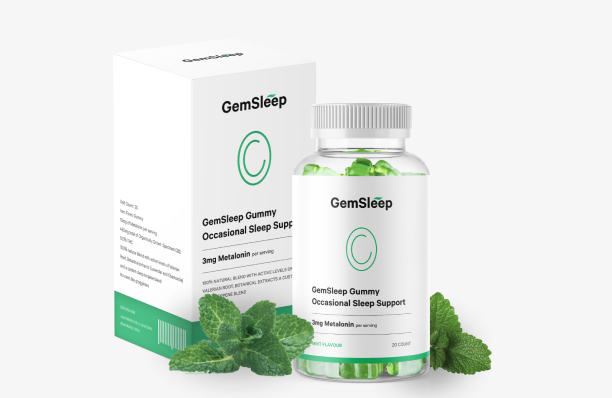Is Your Herd Missing Out? Recognizing and Preventing Mineral Deficiency in Cattle

Where Do Cattle Get Their Minerals?
Signs of Mineral Deficiency
Reproductive issues such as infertility or stillbirth
Poor growth (ill-thrift) in calves
Poor growth (ill-thrift) in calves
Decreased feed intake
Weak bones and low milk production
Weakened immune system
Pica (eating non-feed items)
Gastrointestinal distress like diarrhea
Grass tetany from low magnesium
White muscle disease in calves from selenium deficiency
Sudden death due to selenium or magnesium deficiency
Why Mineral Supplementation Matters
Title

MINERAL GUIDE
Title

Title

Title

Title

Title

Title

Title

Title

Title

Title

Your Brand
Other Brands





